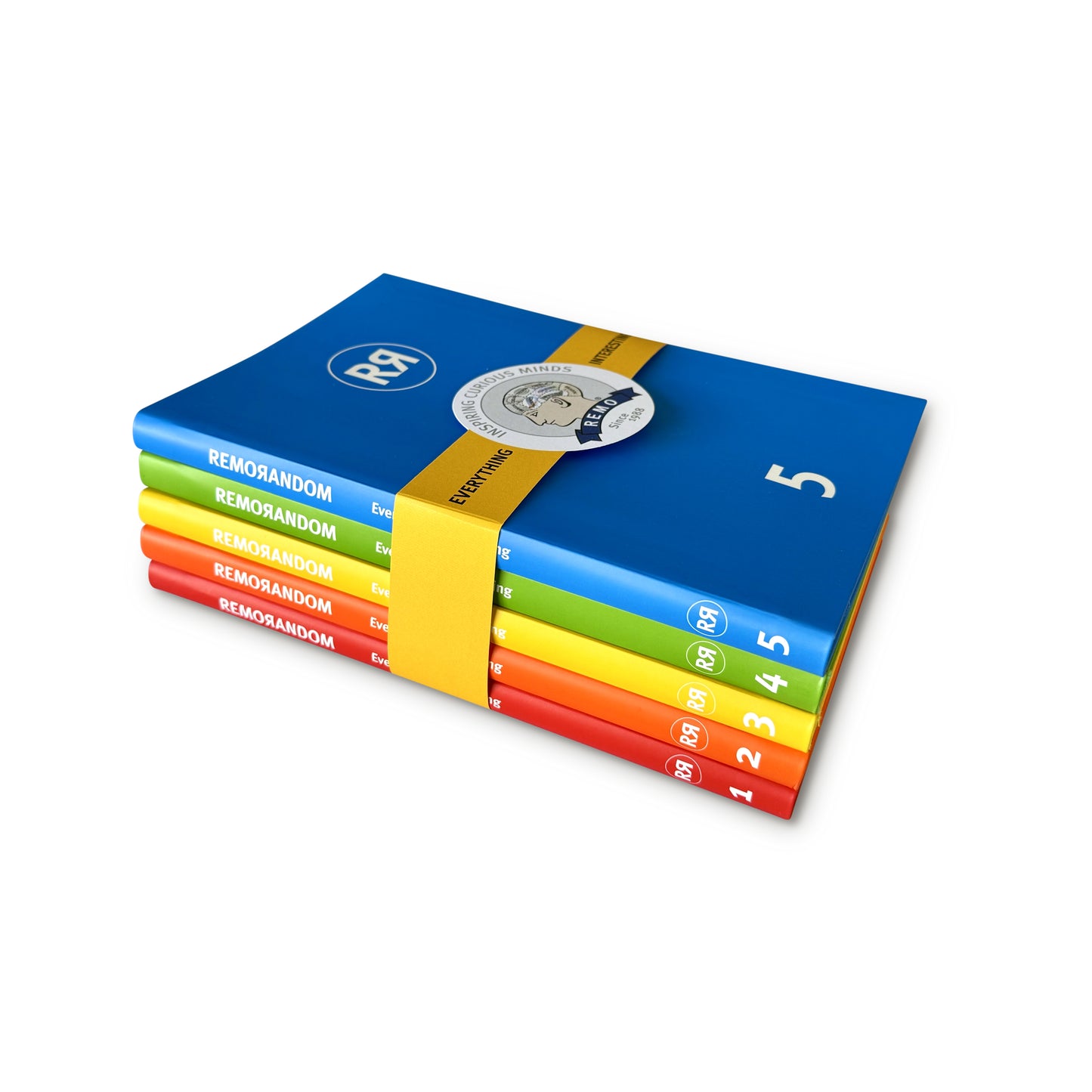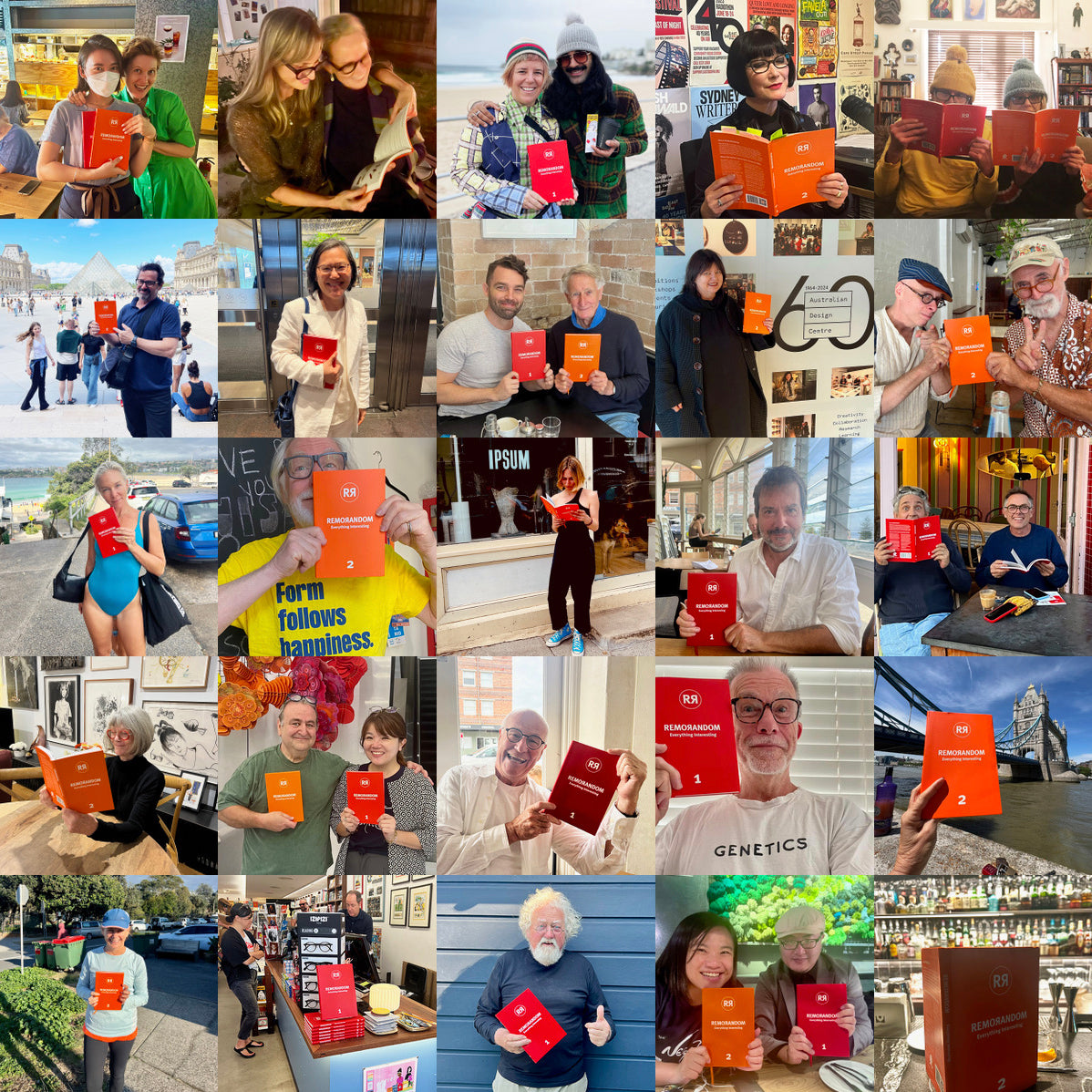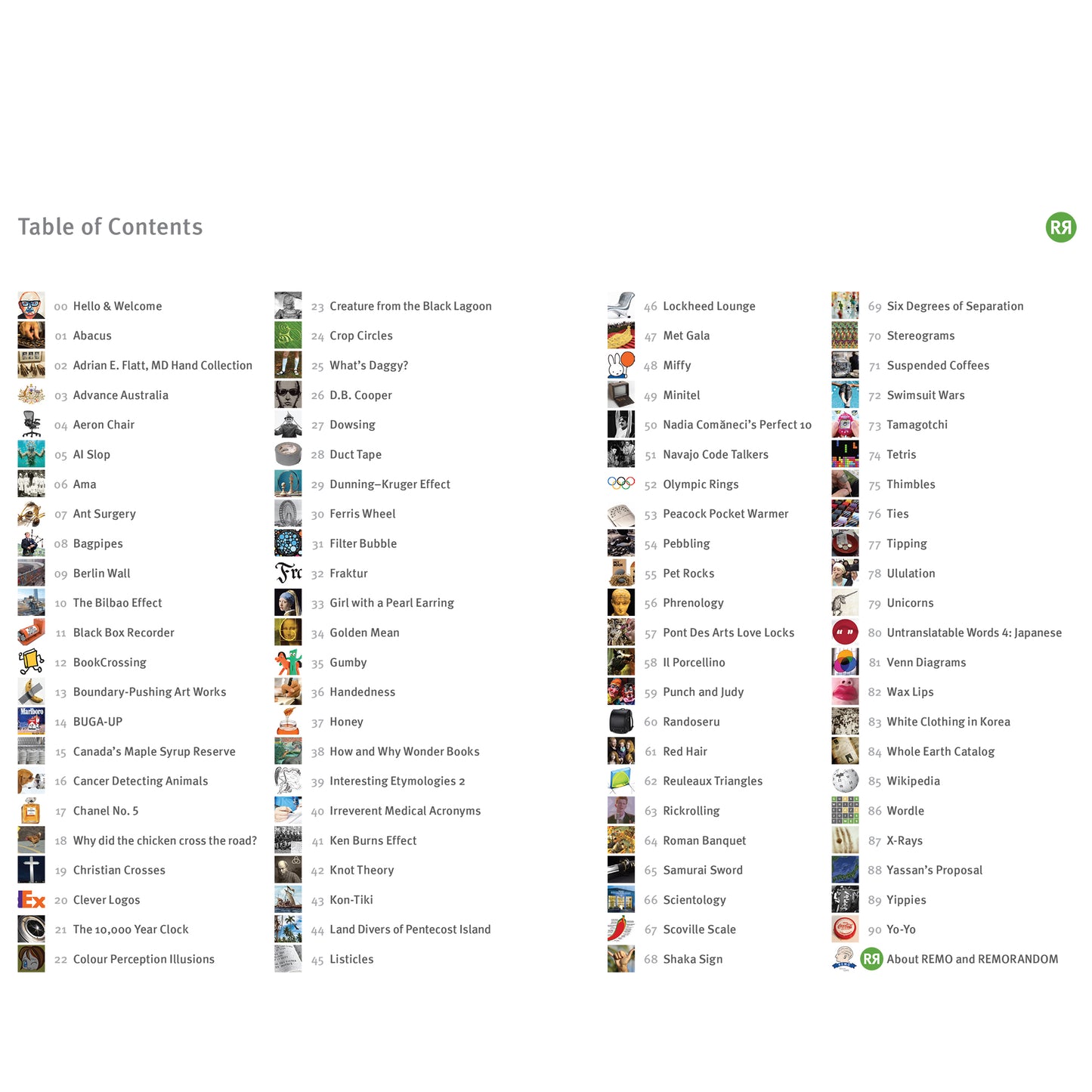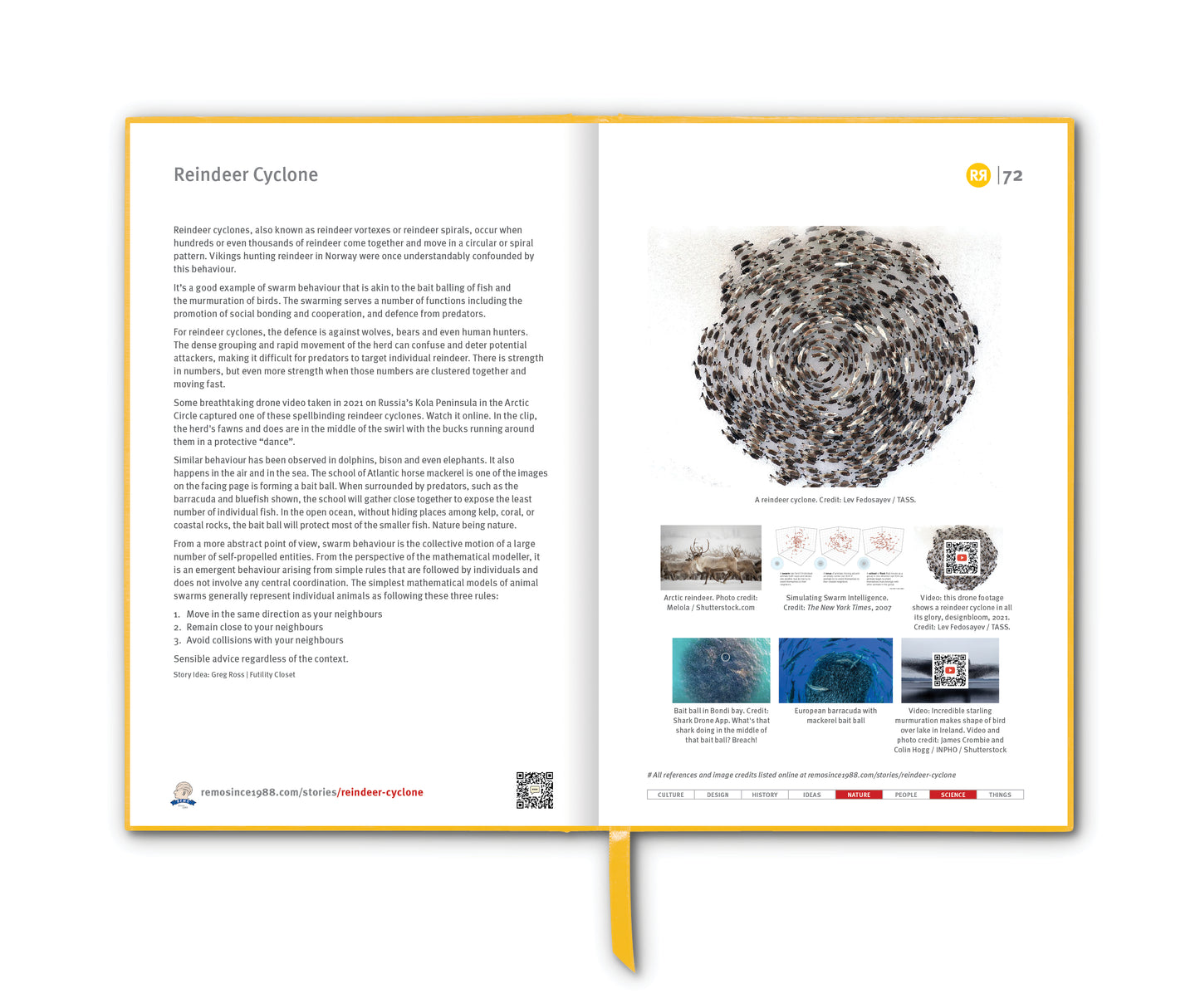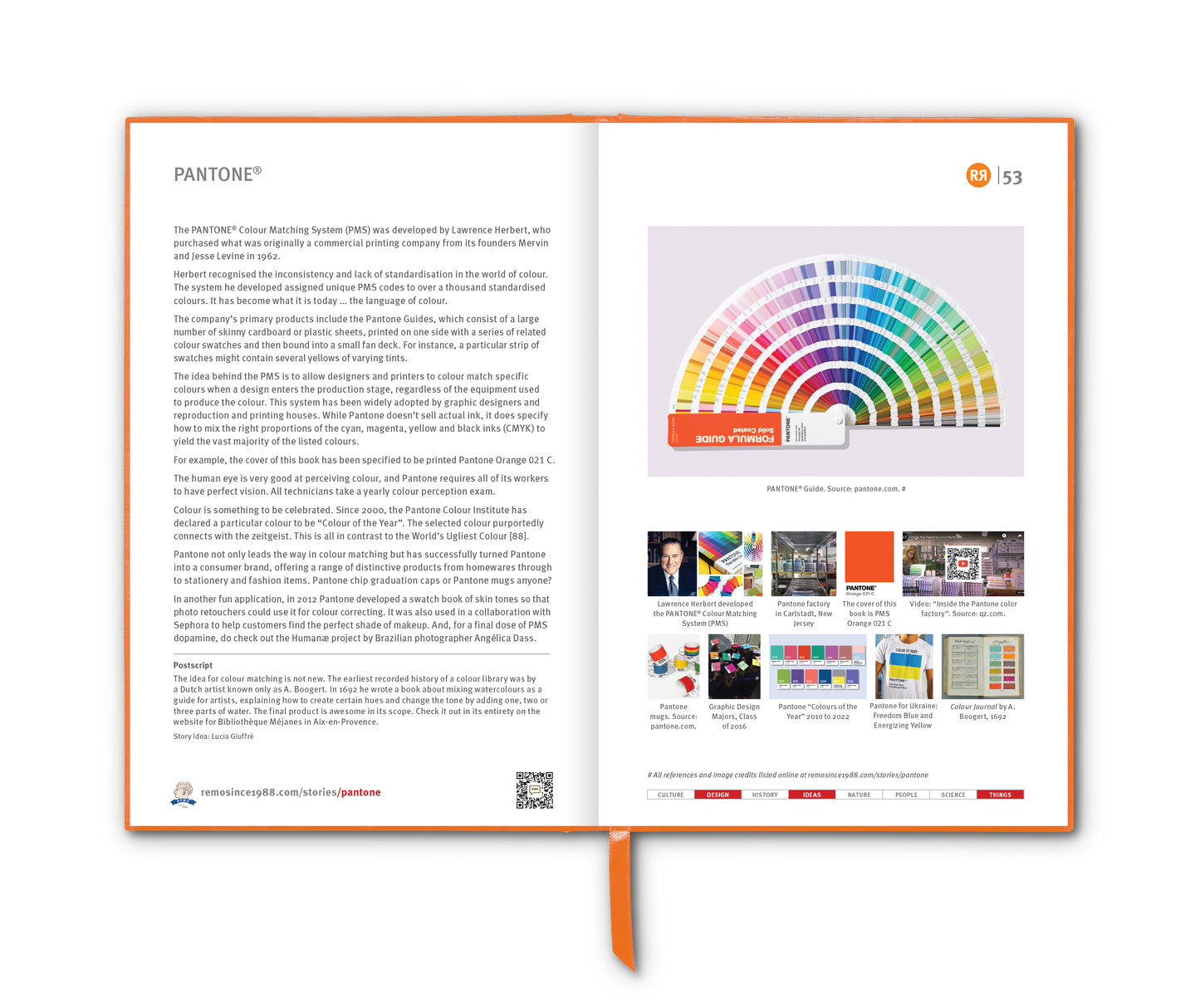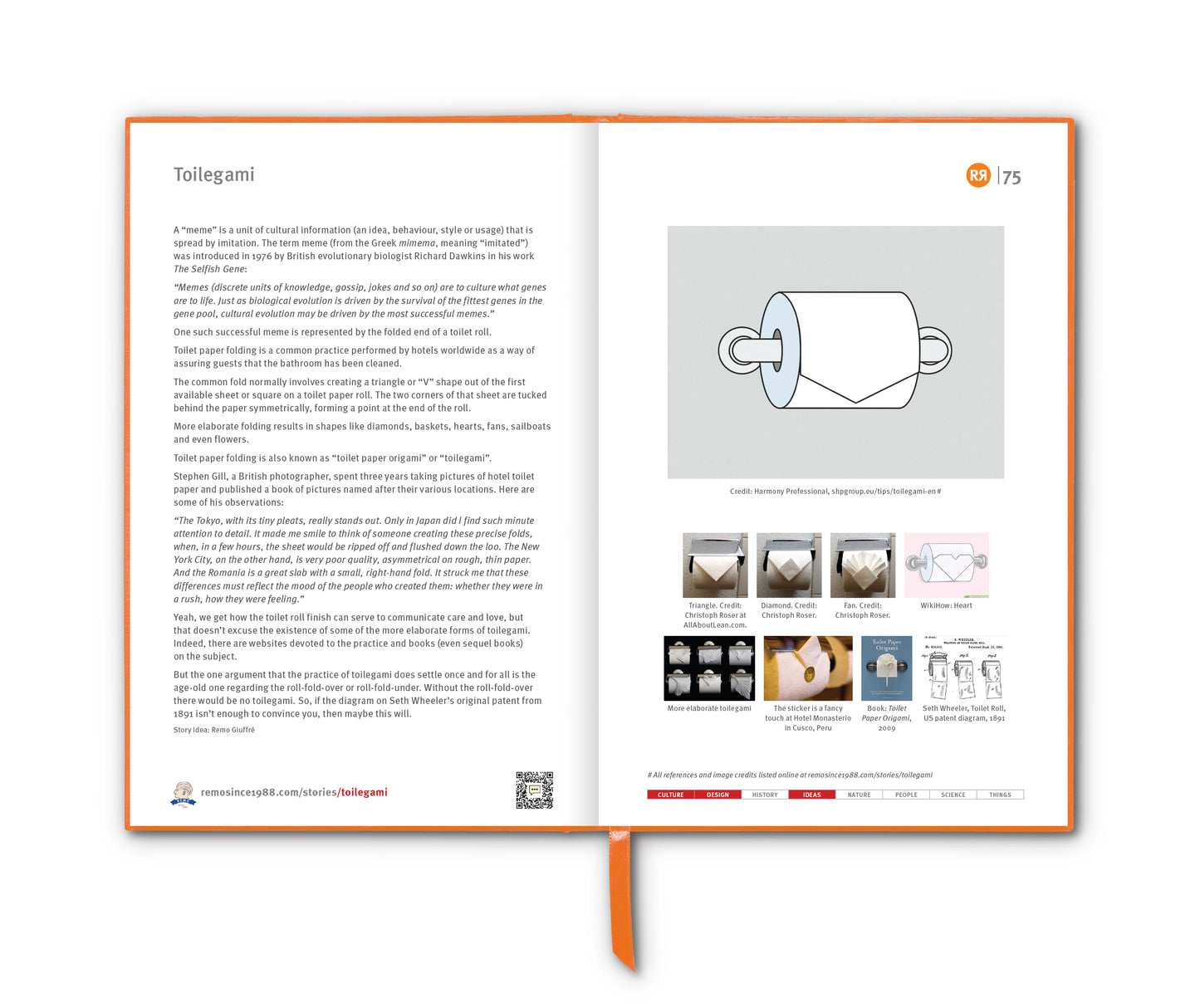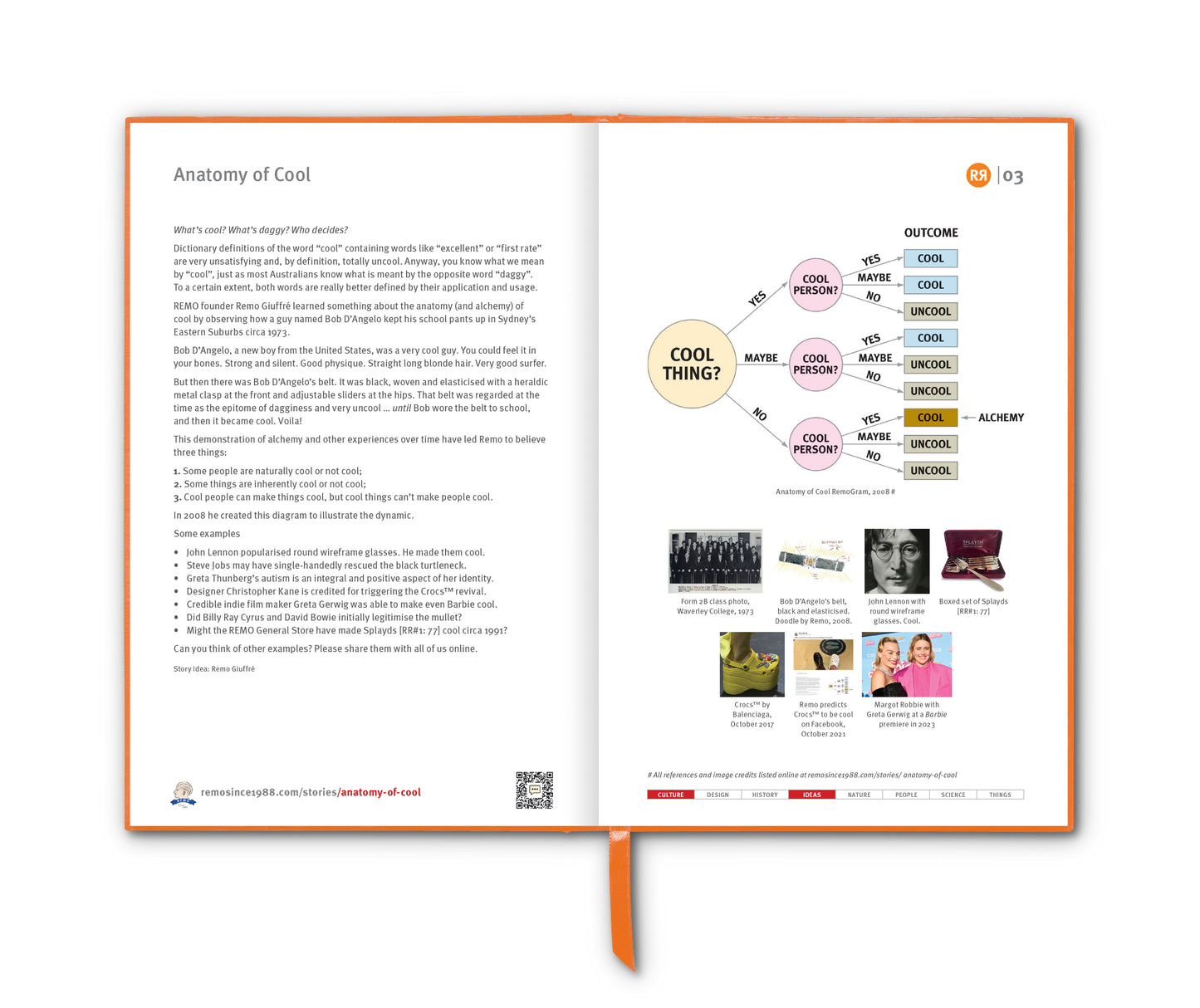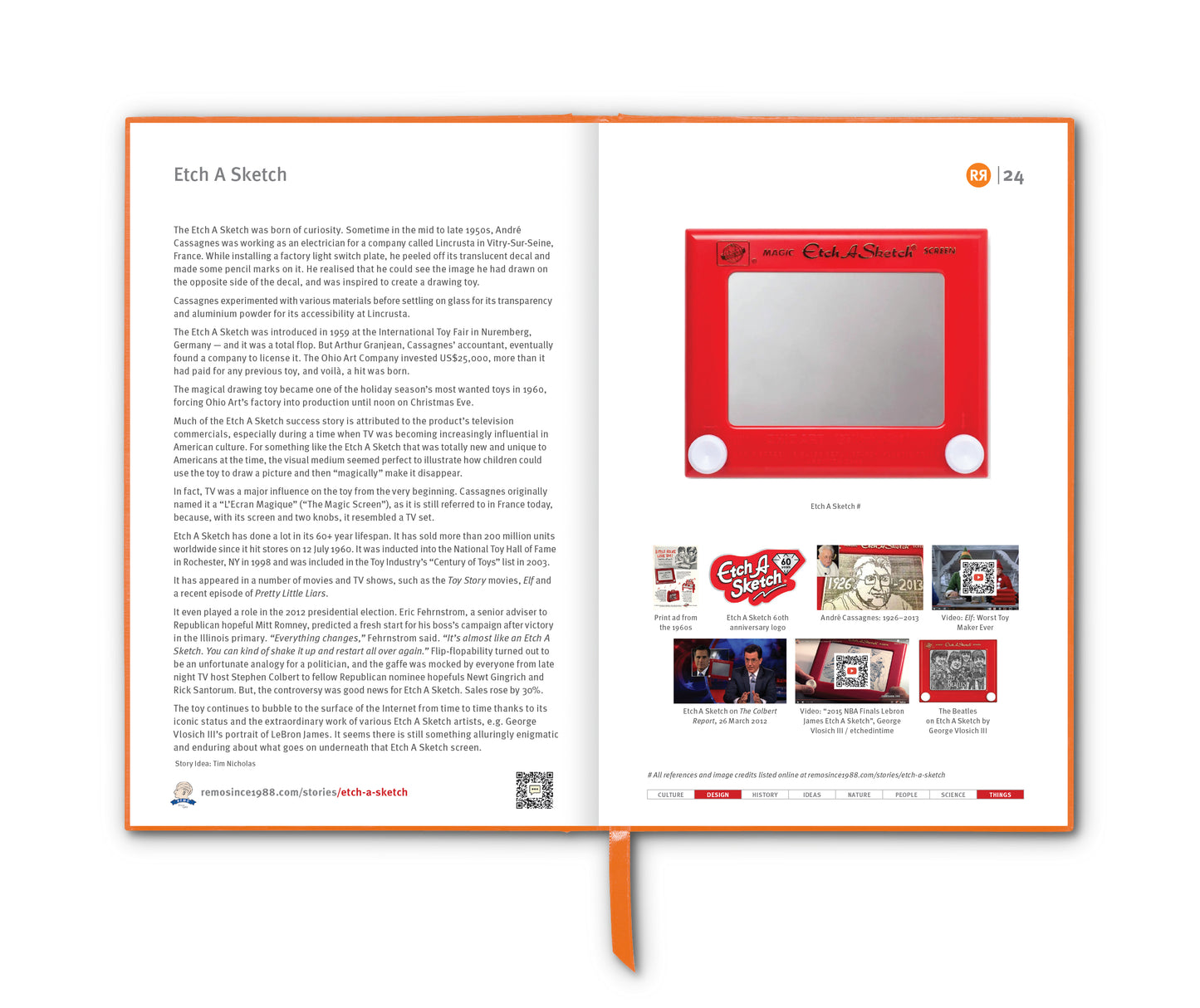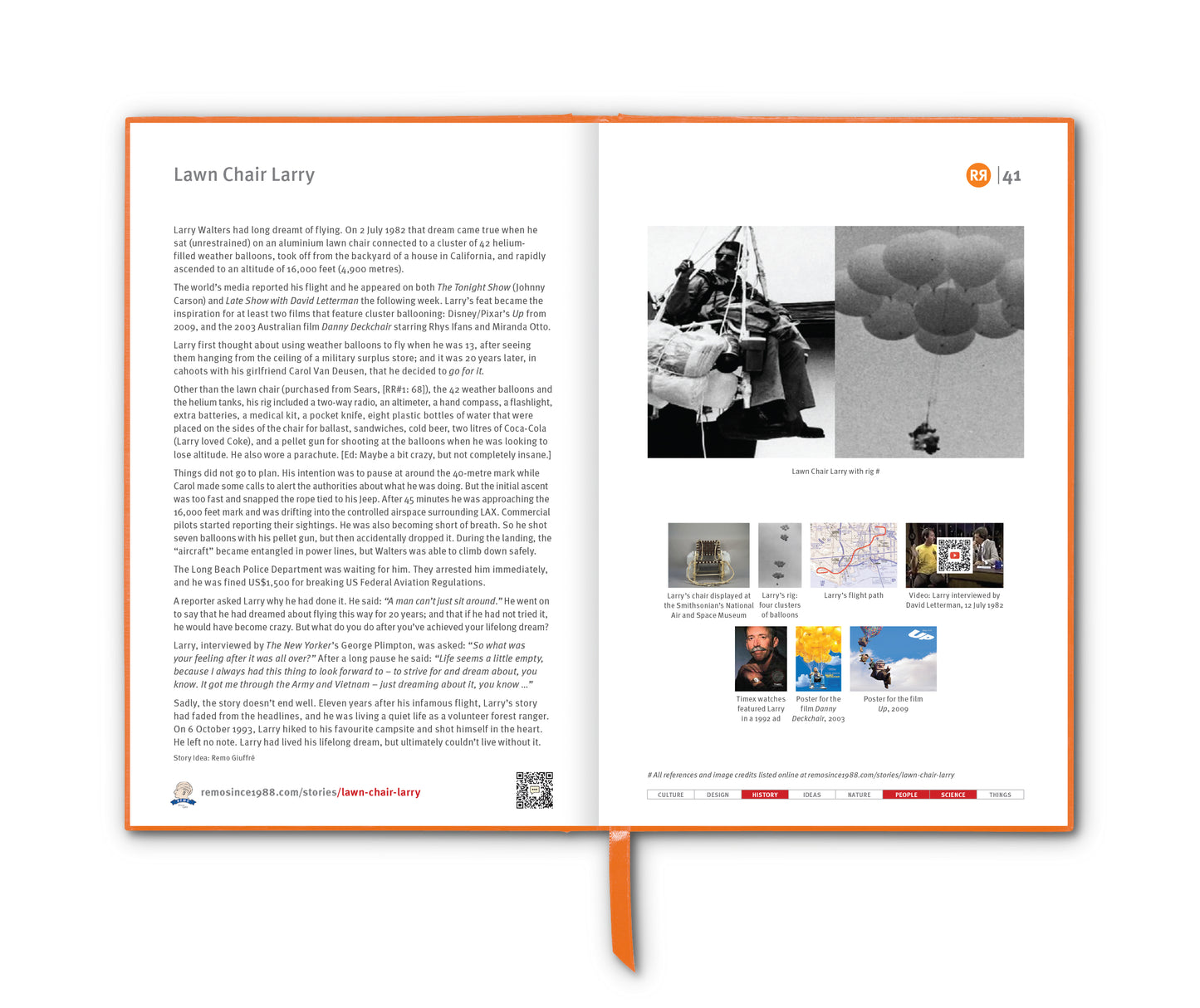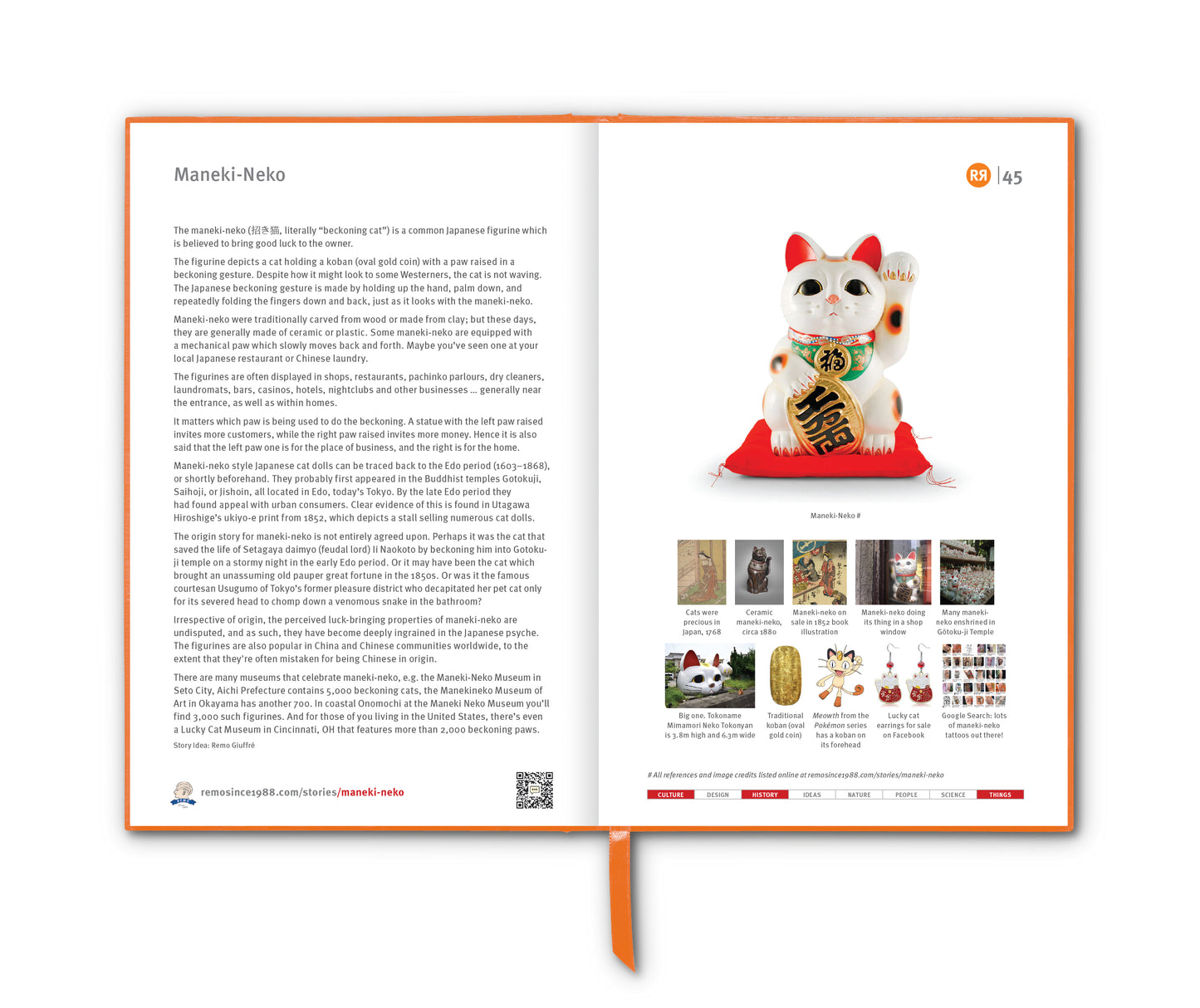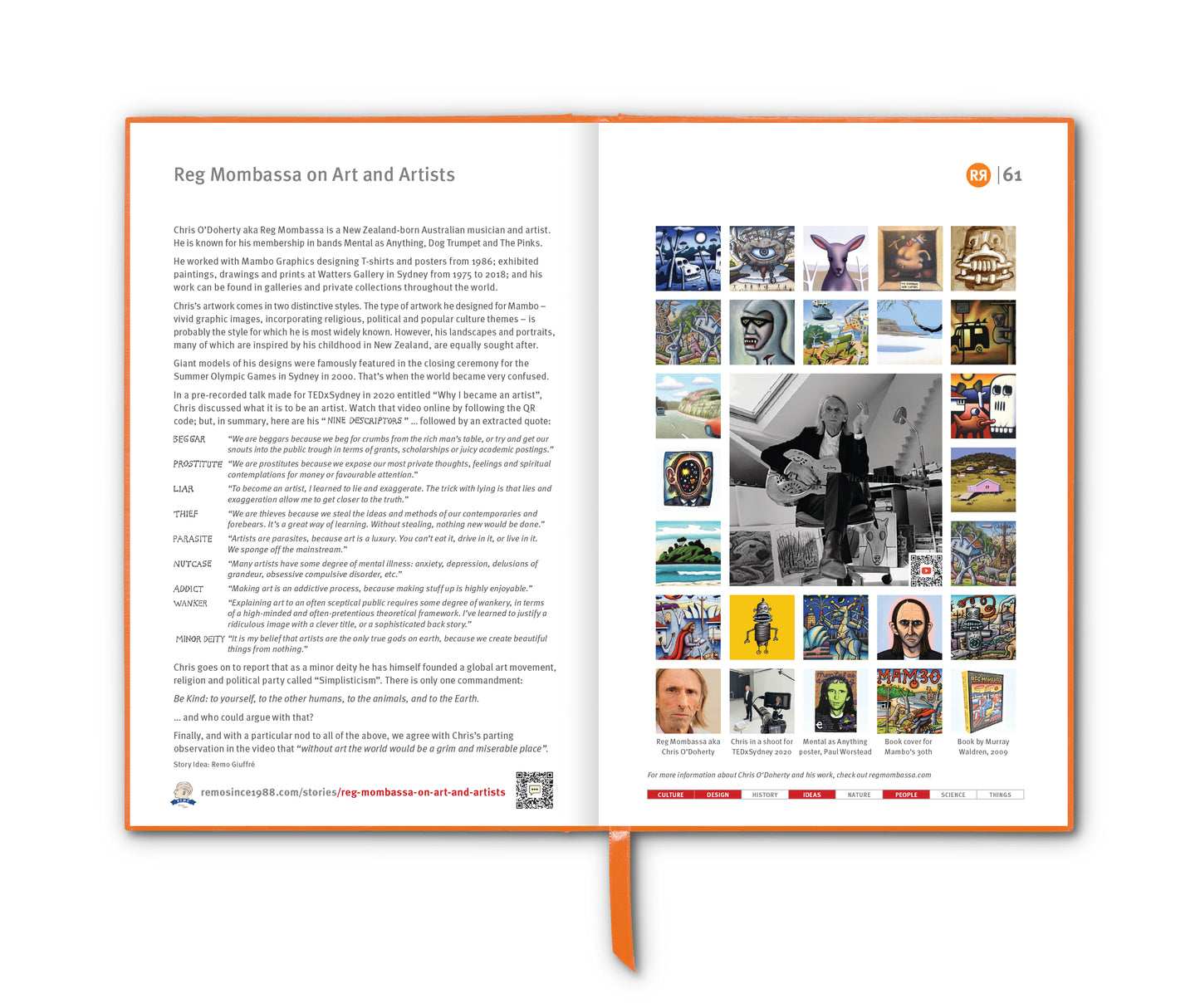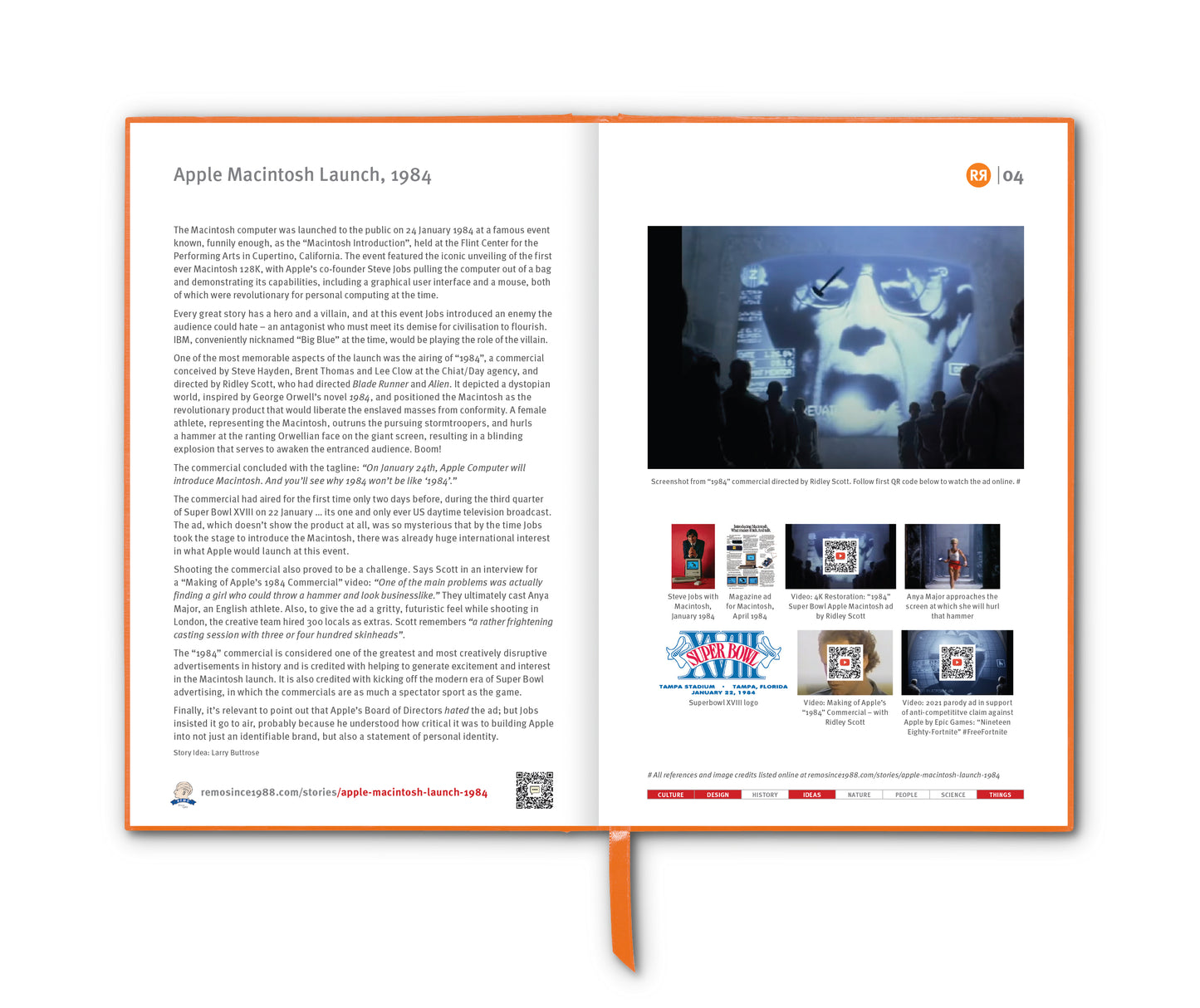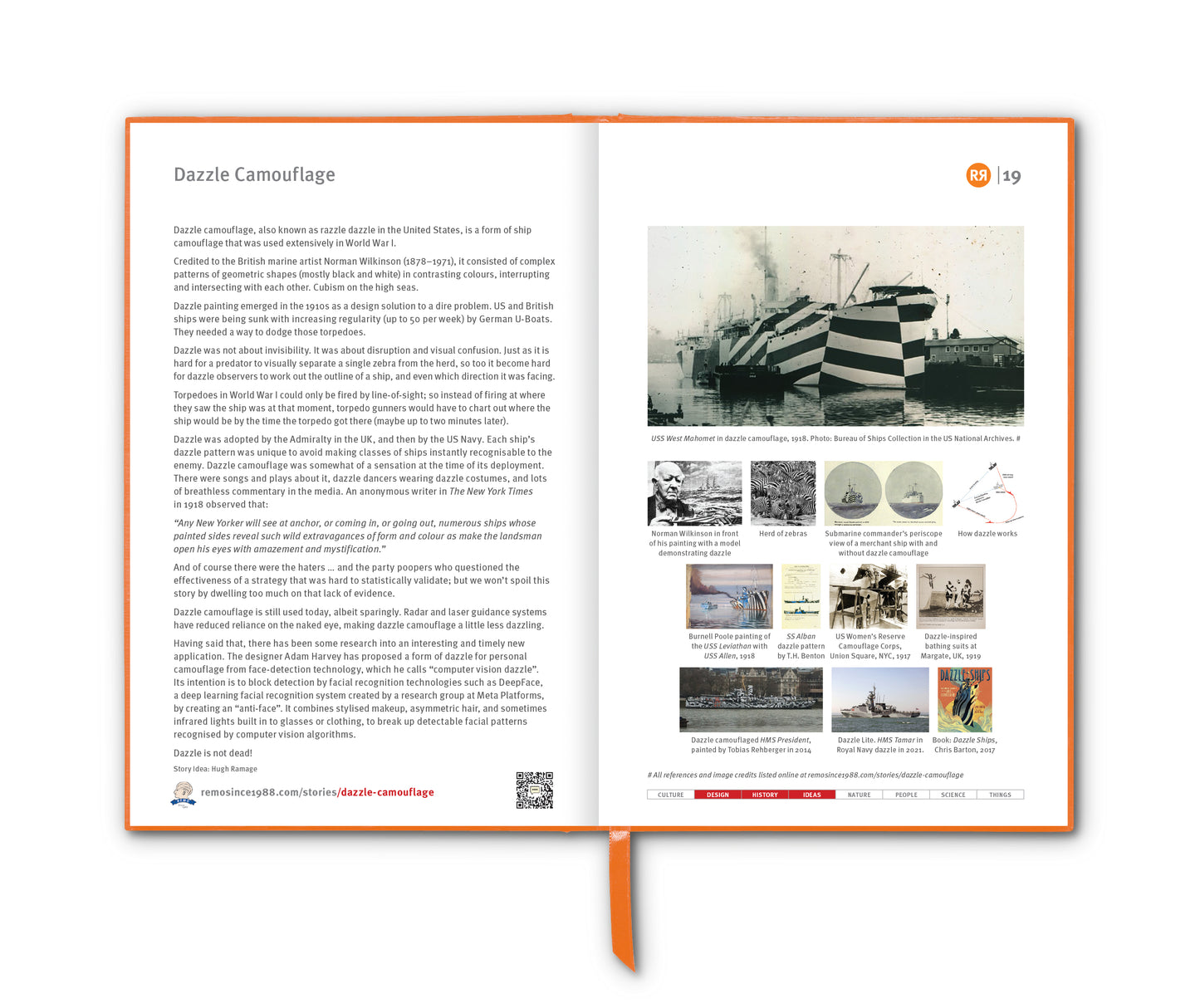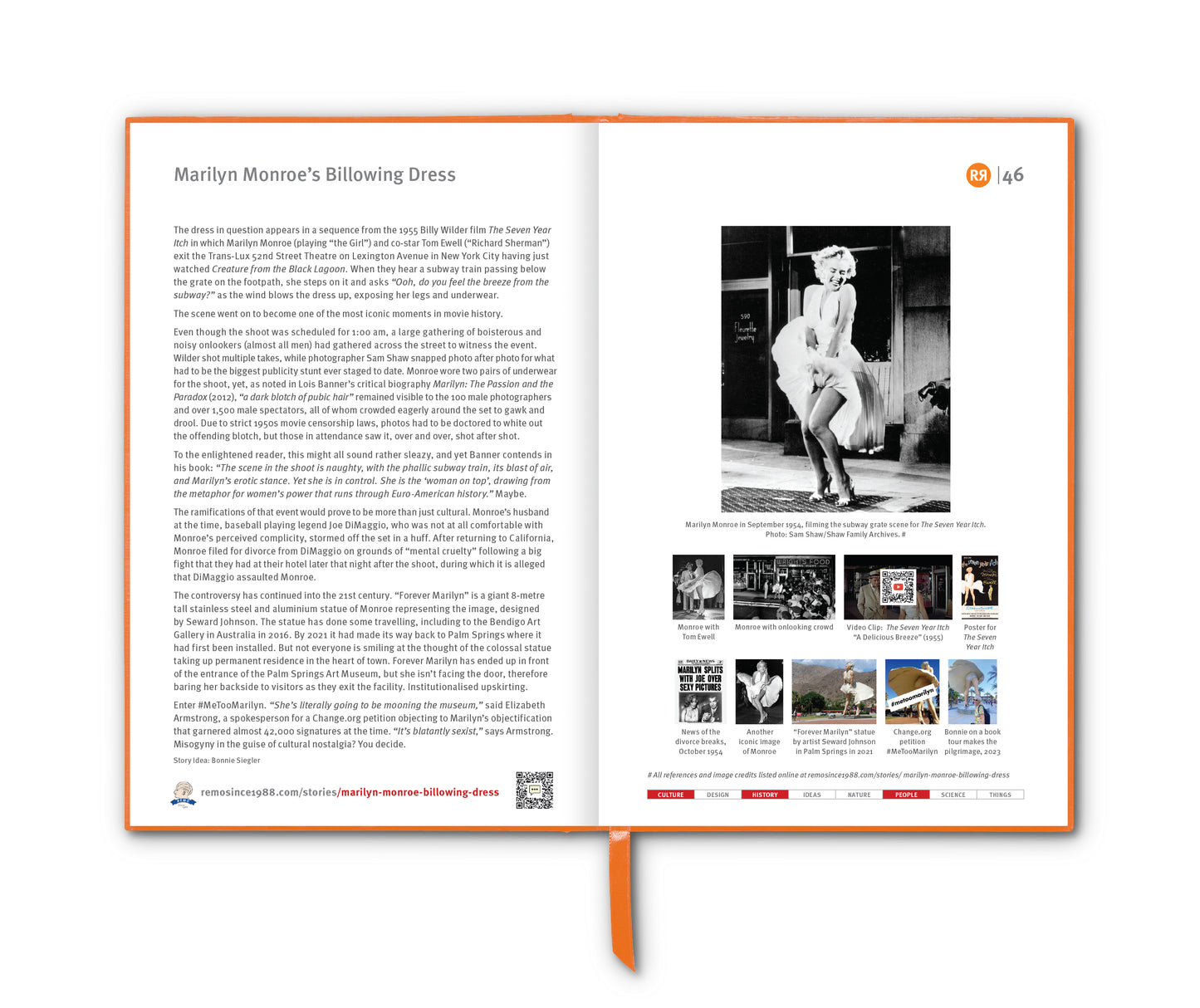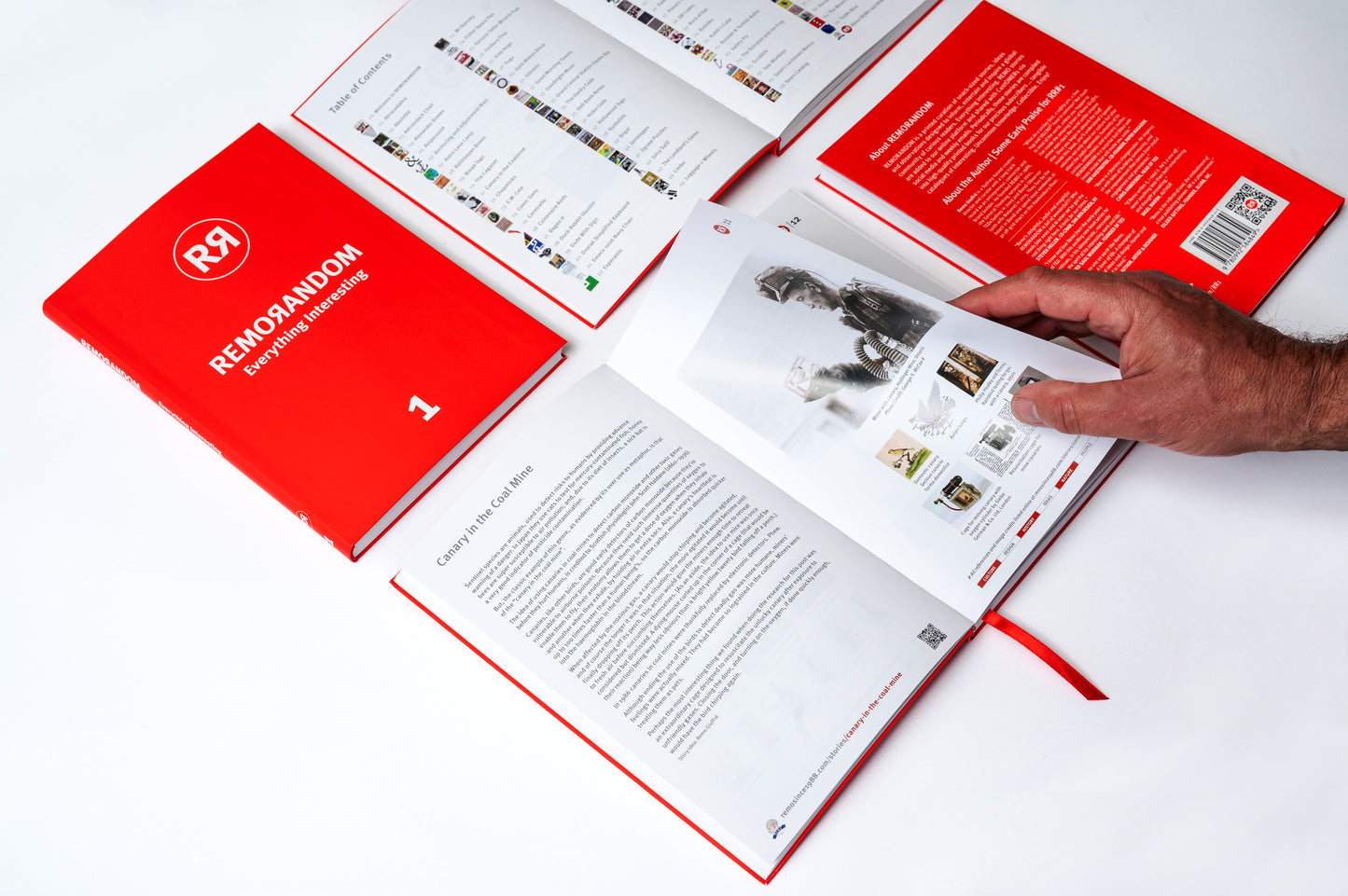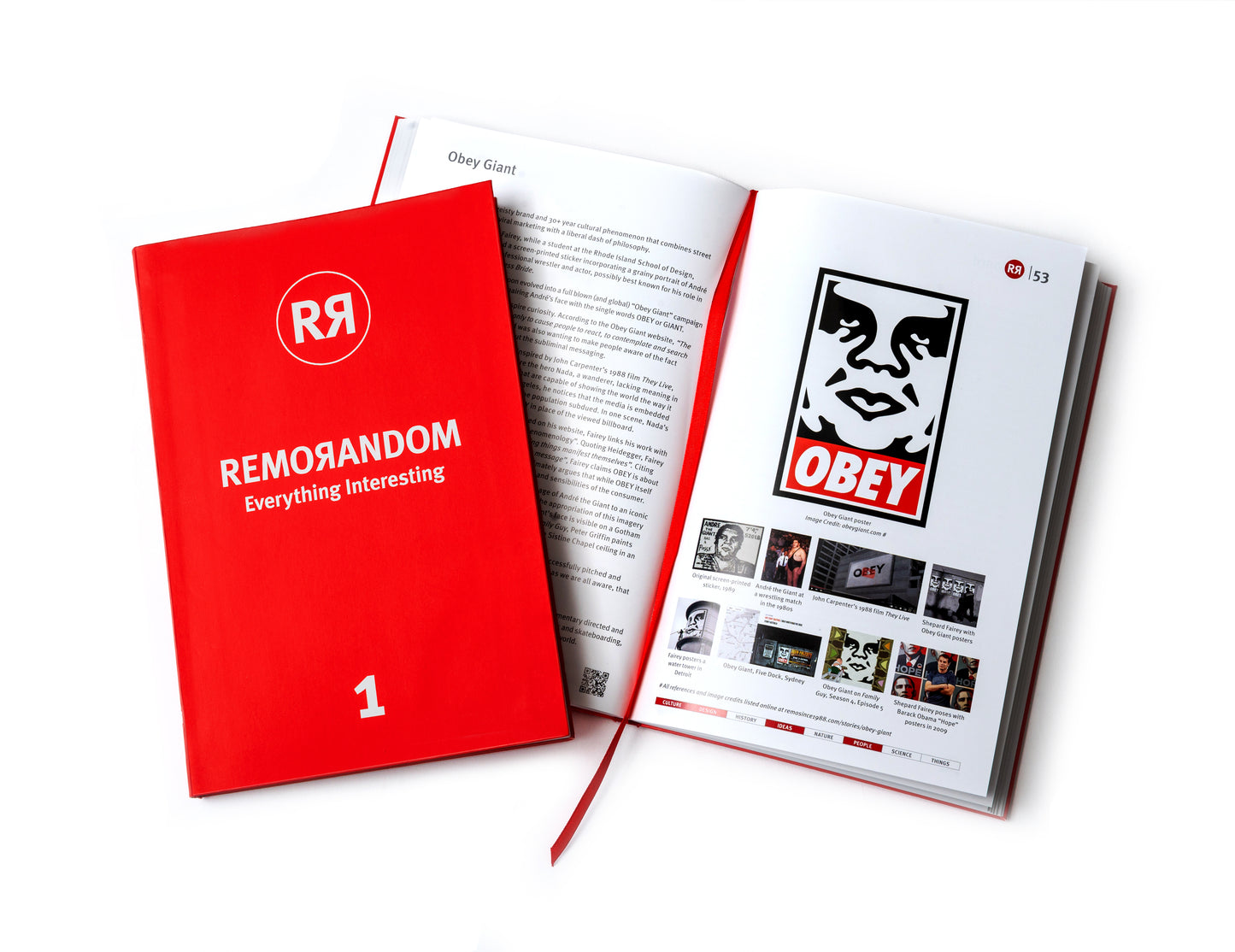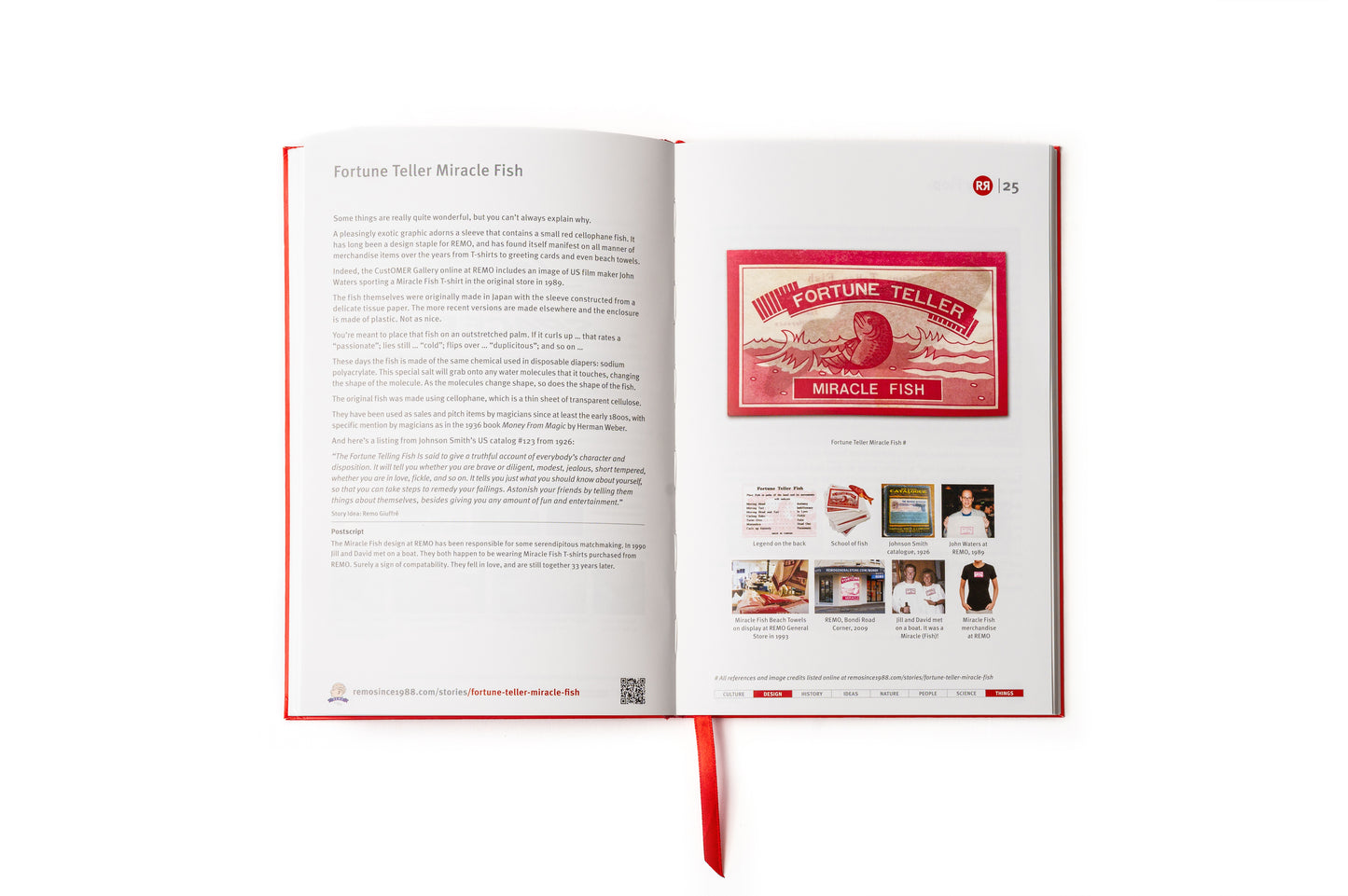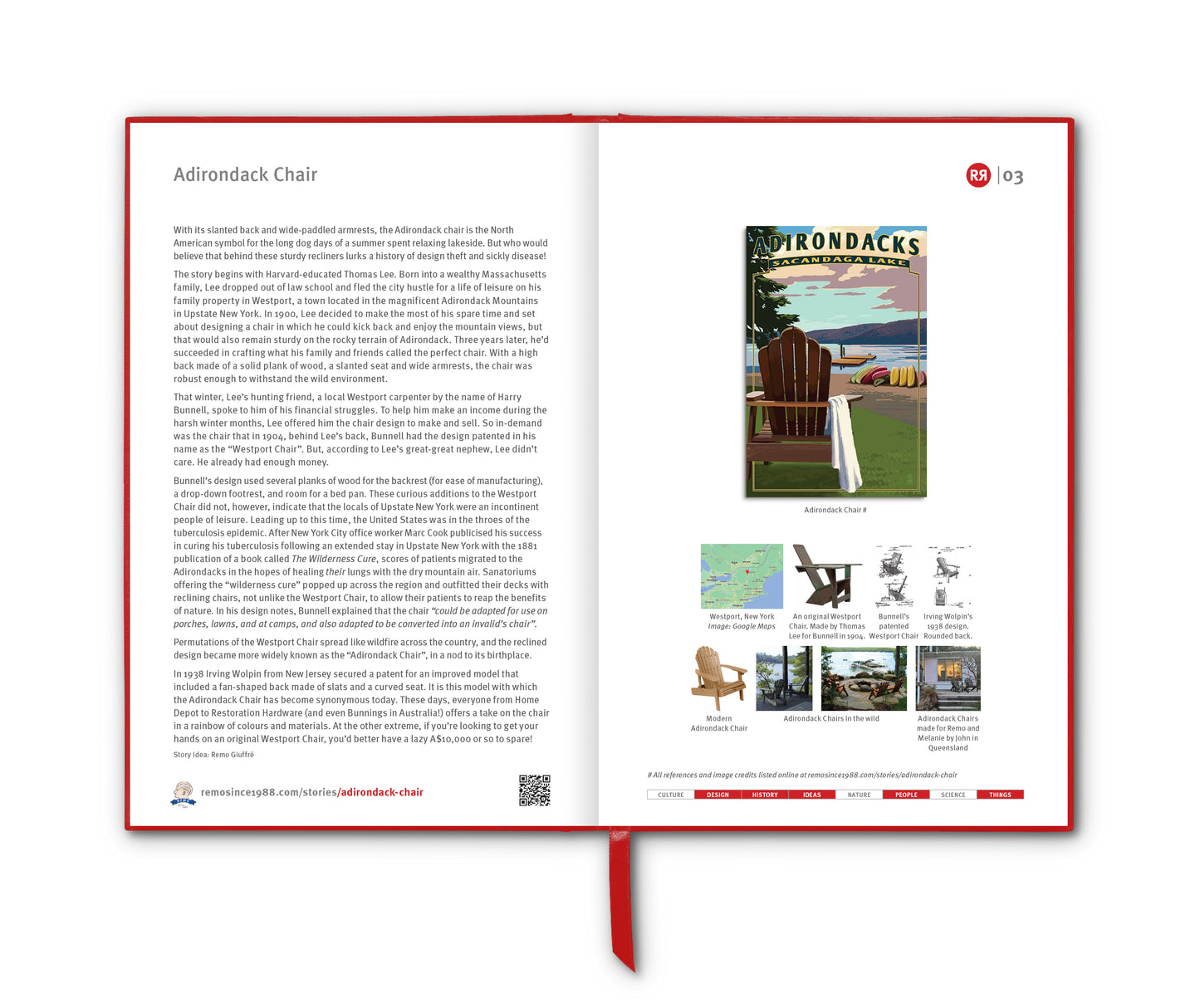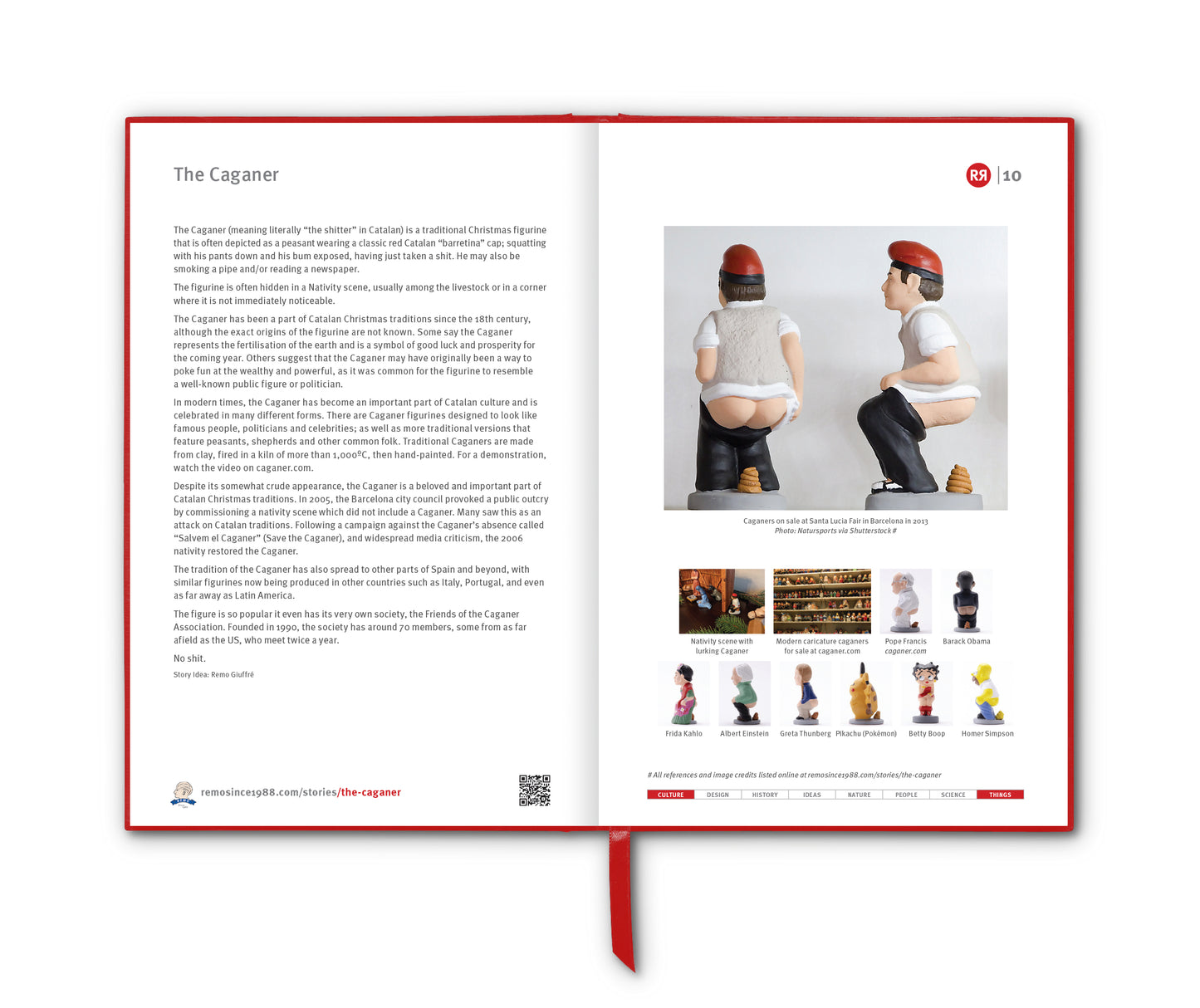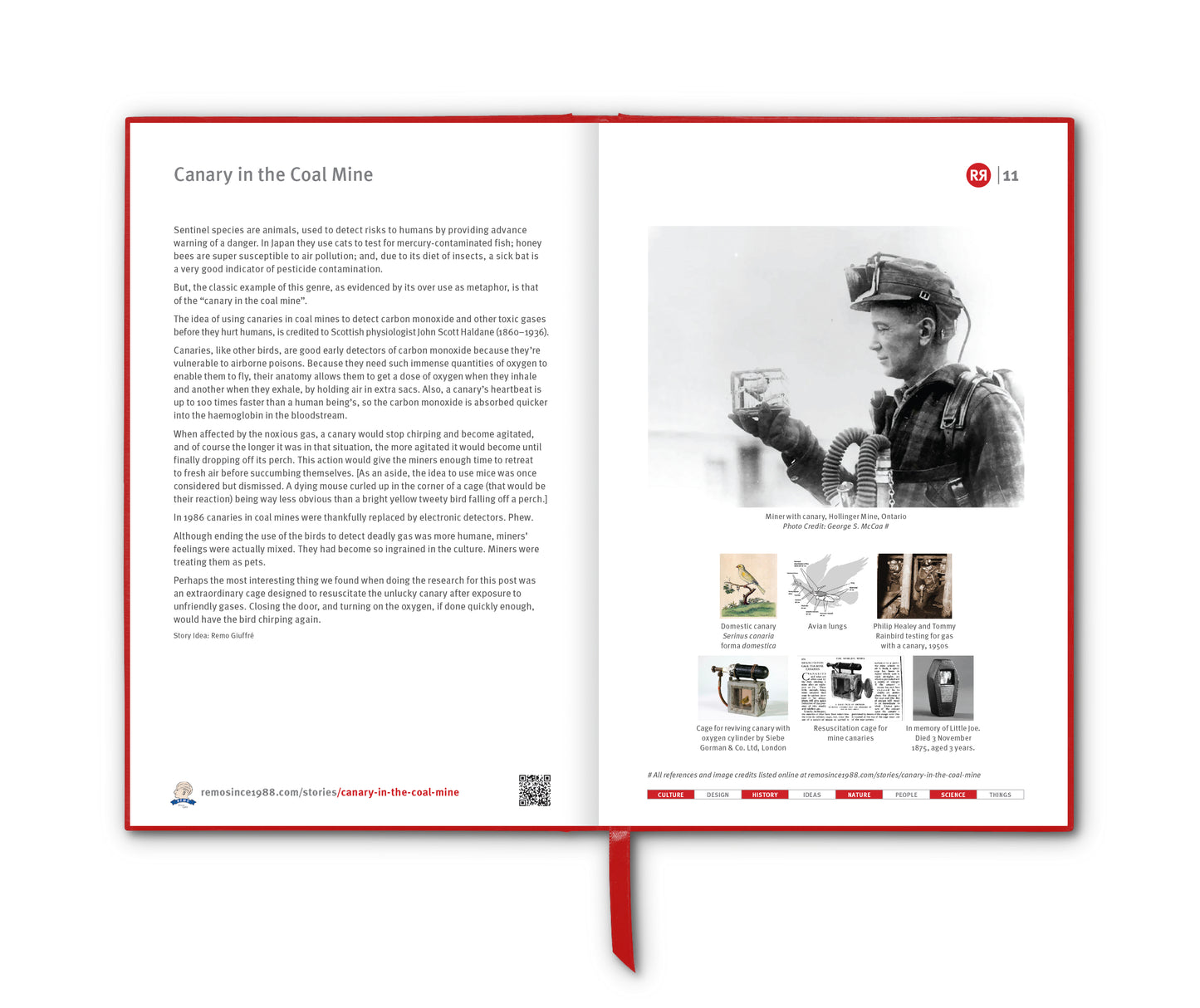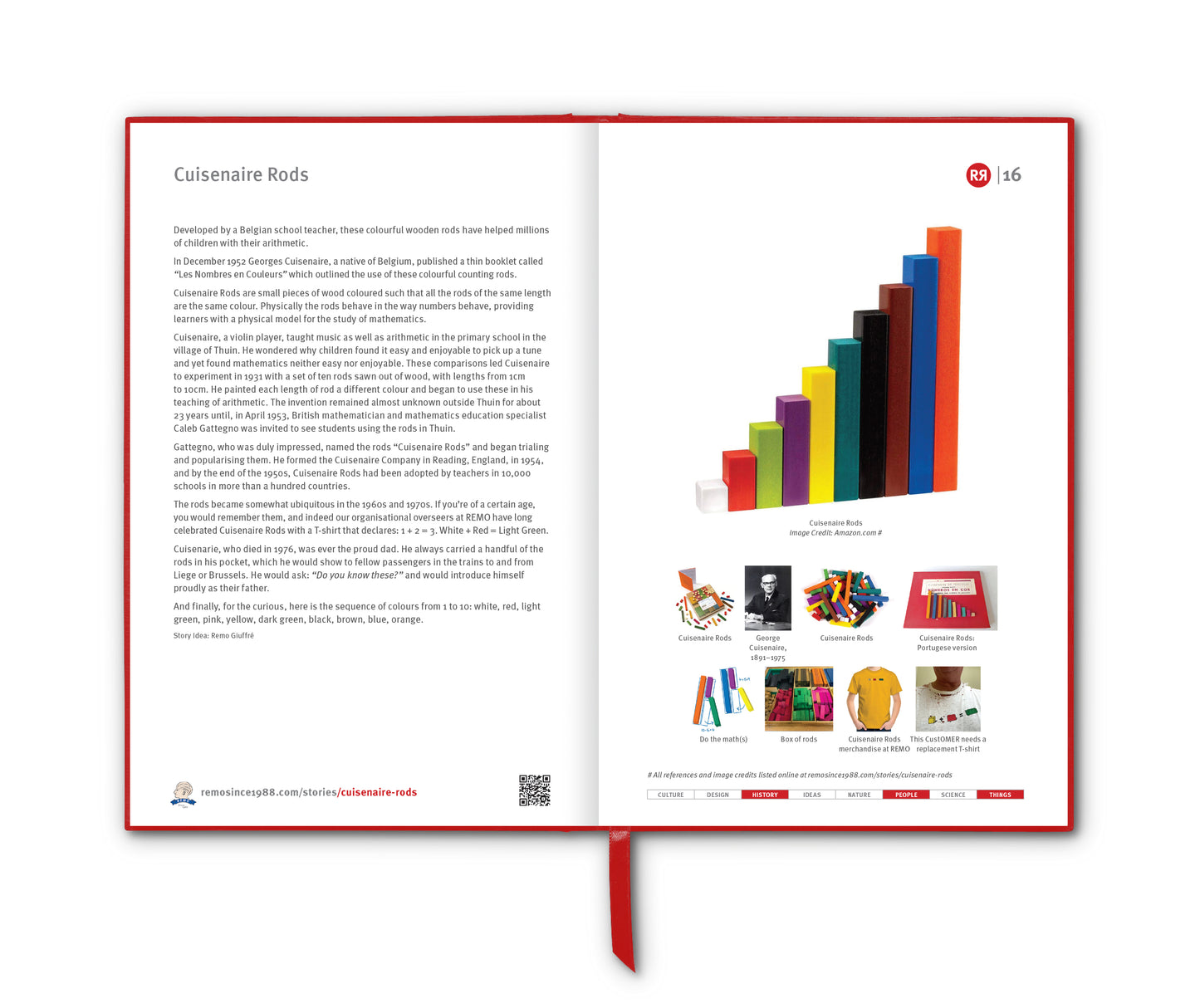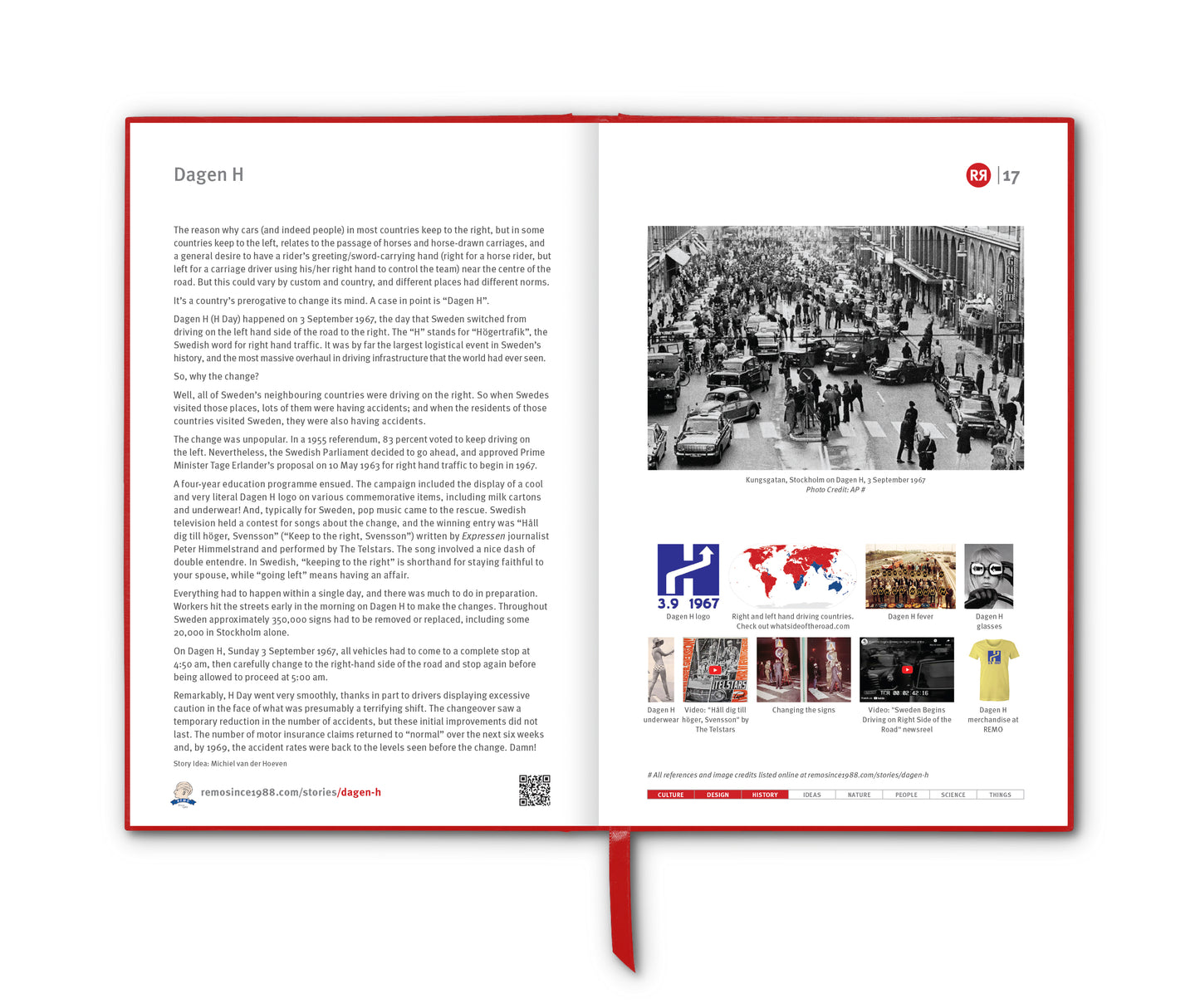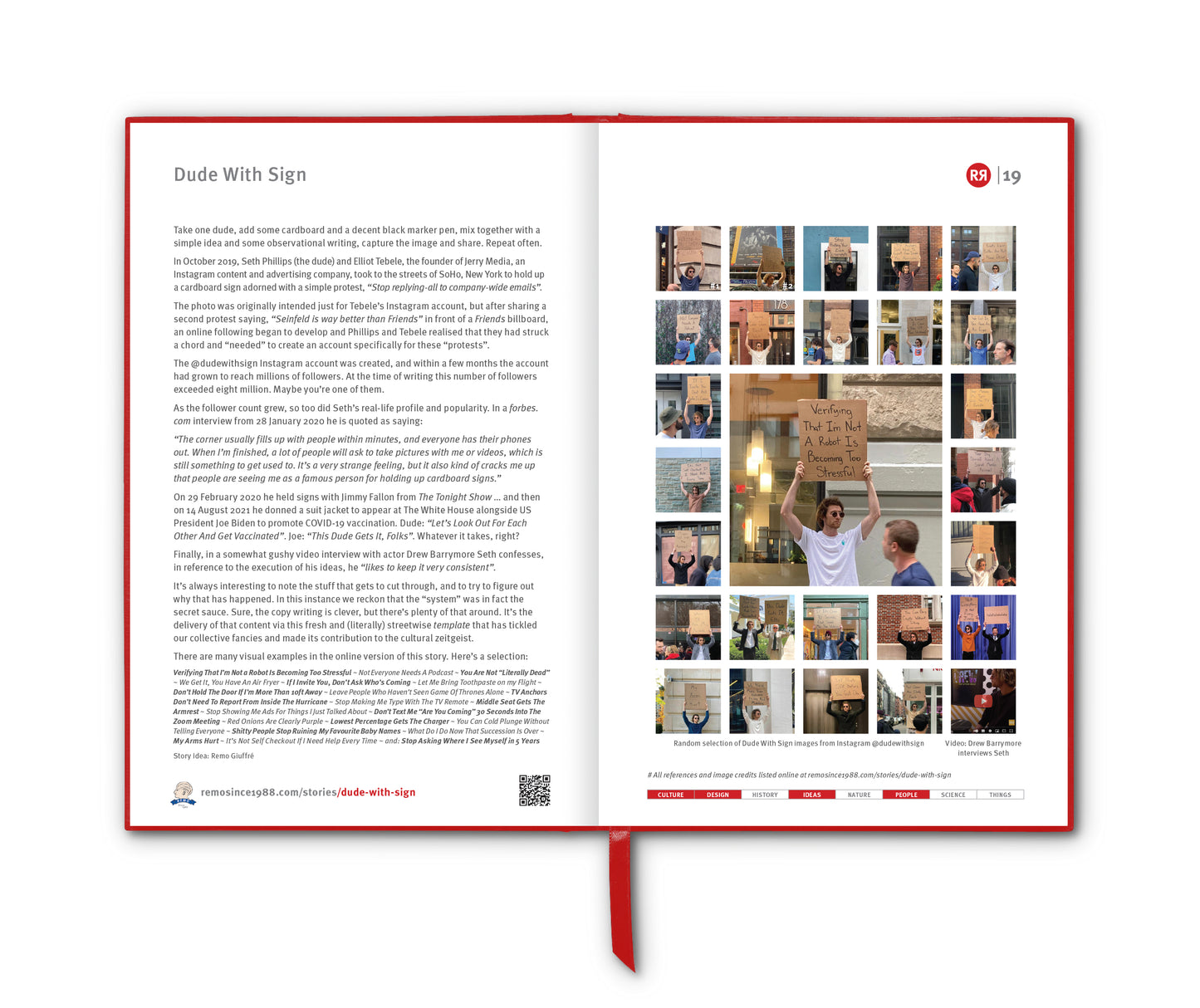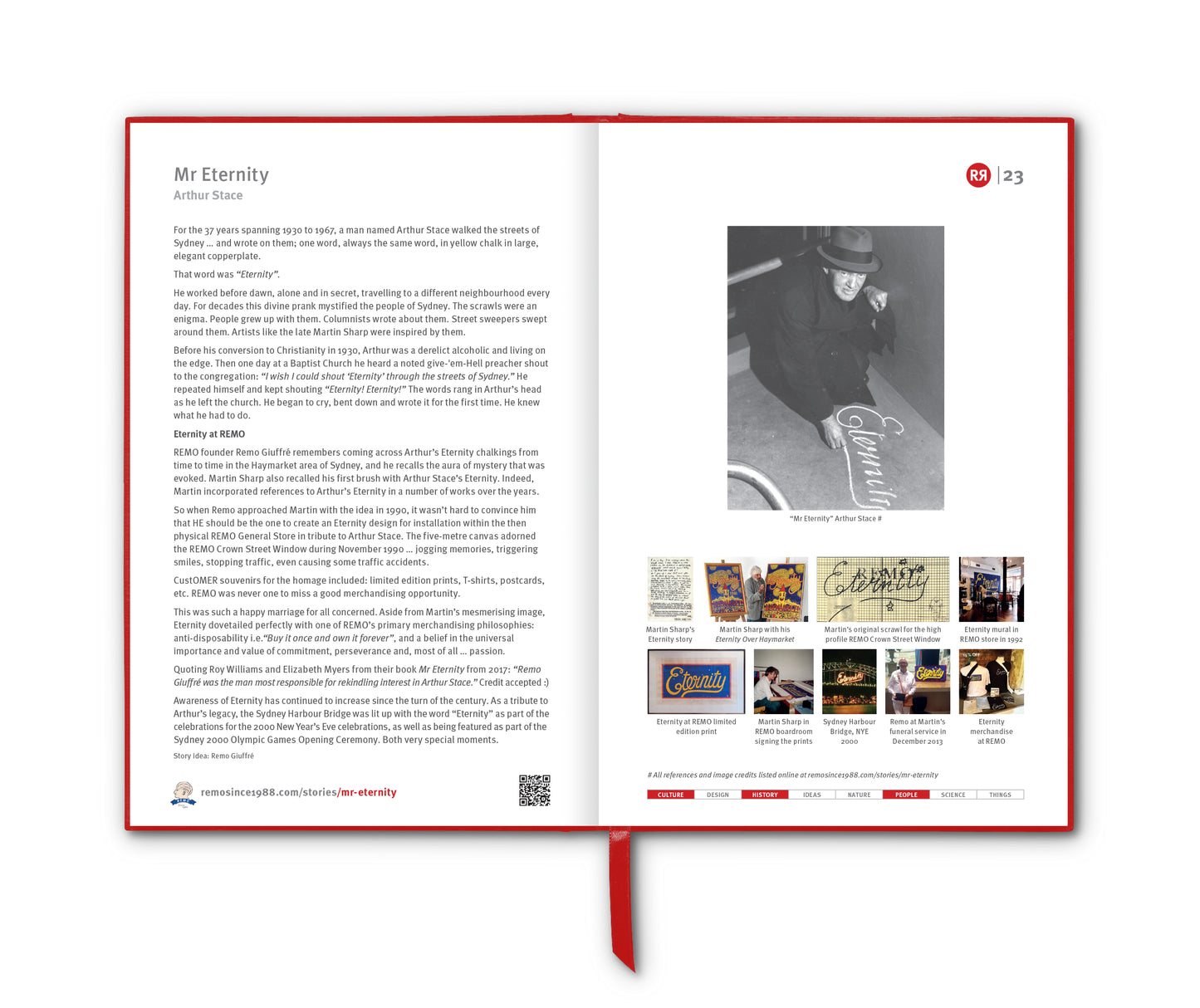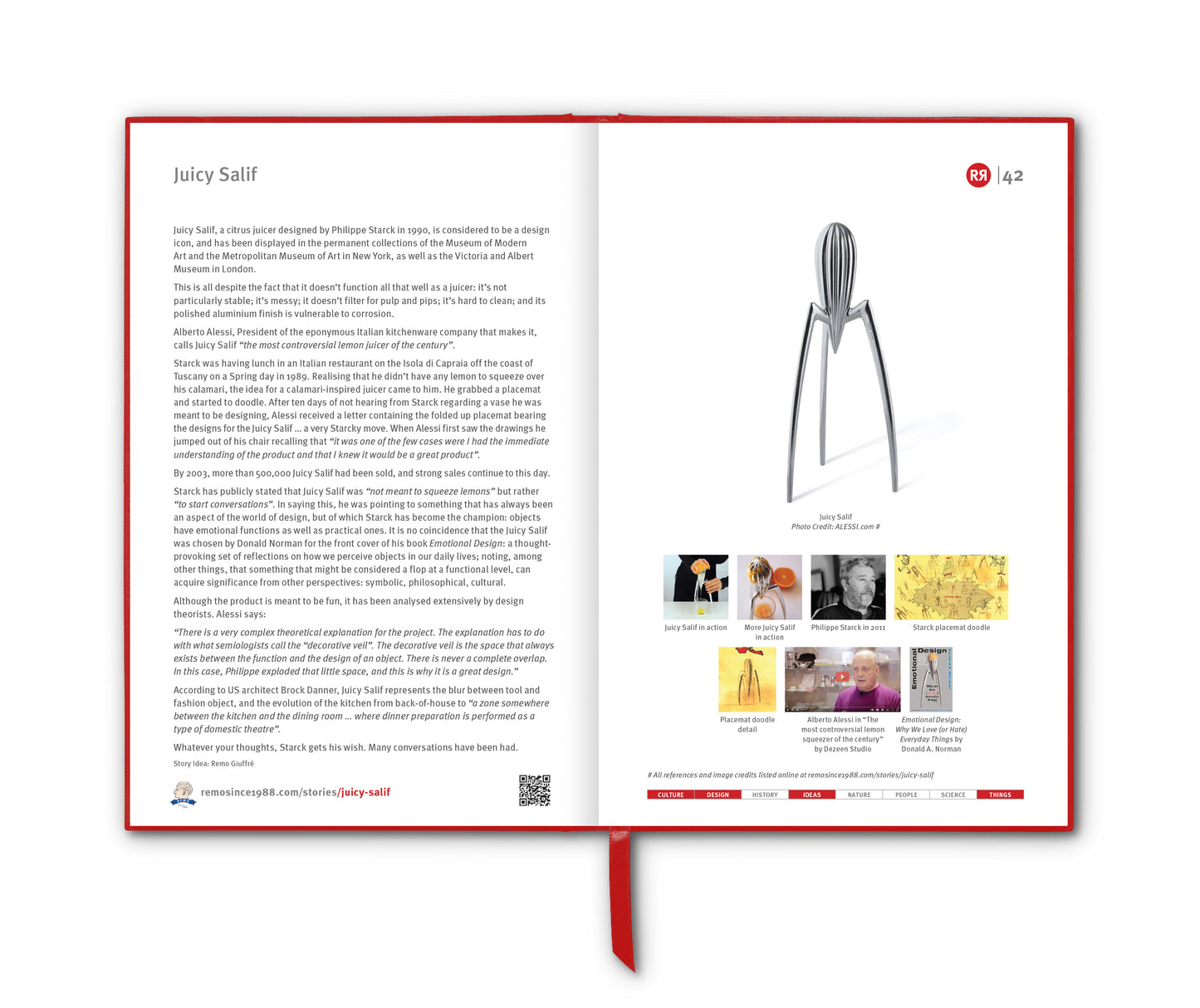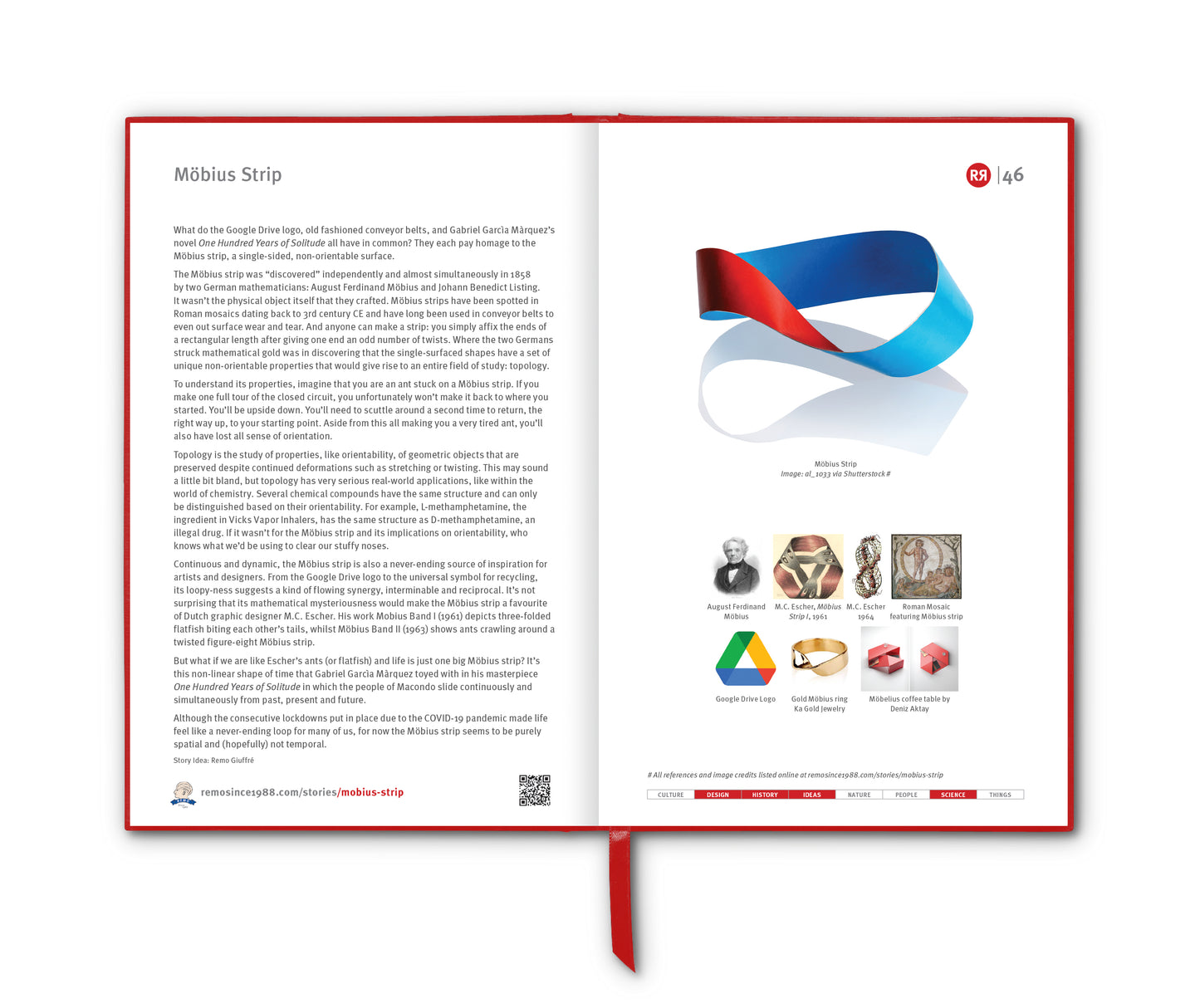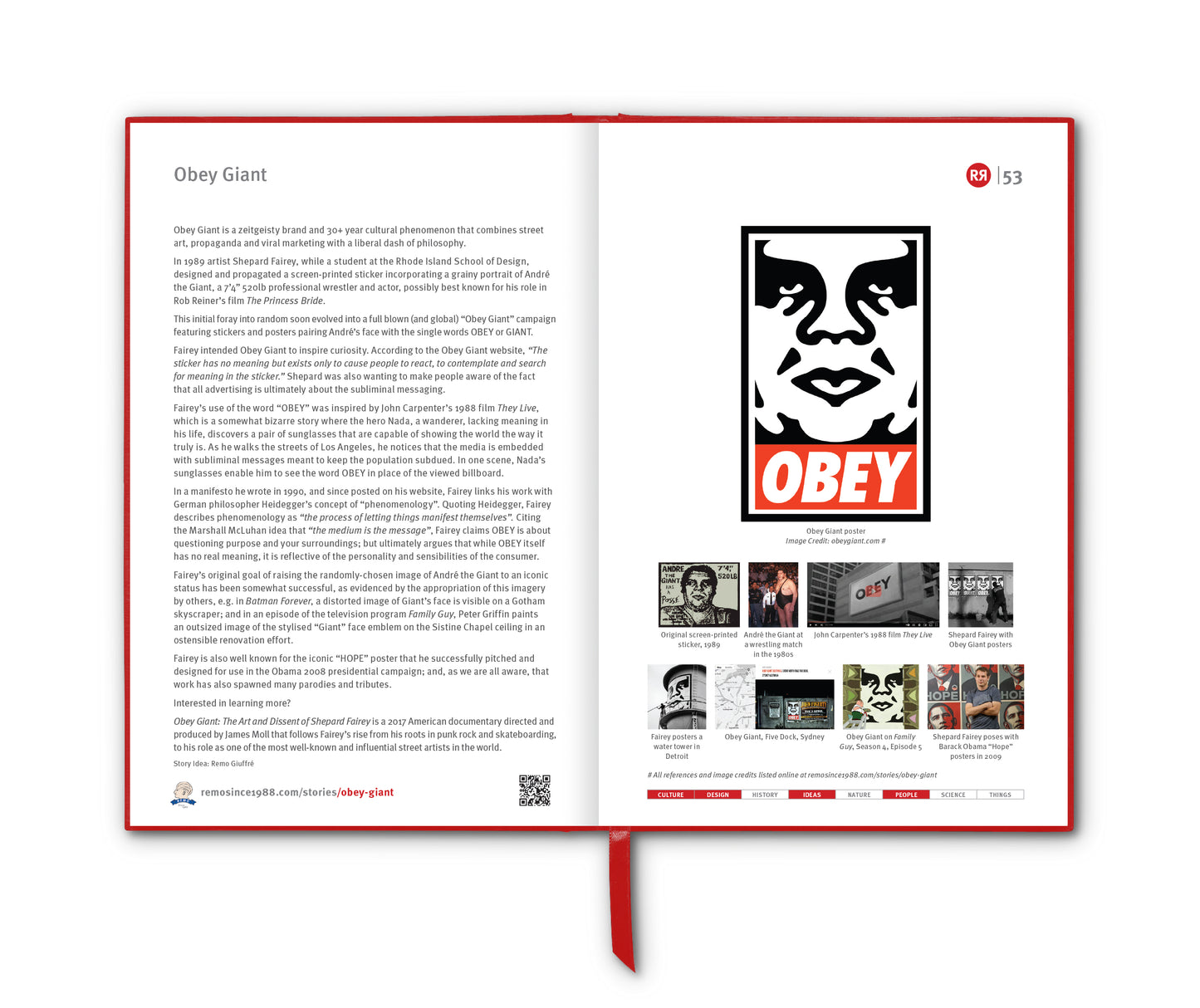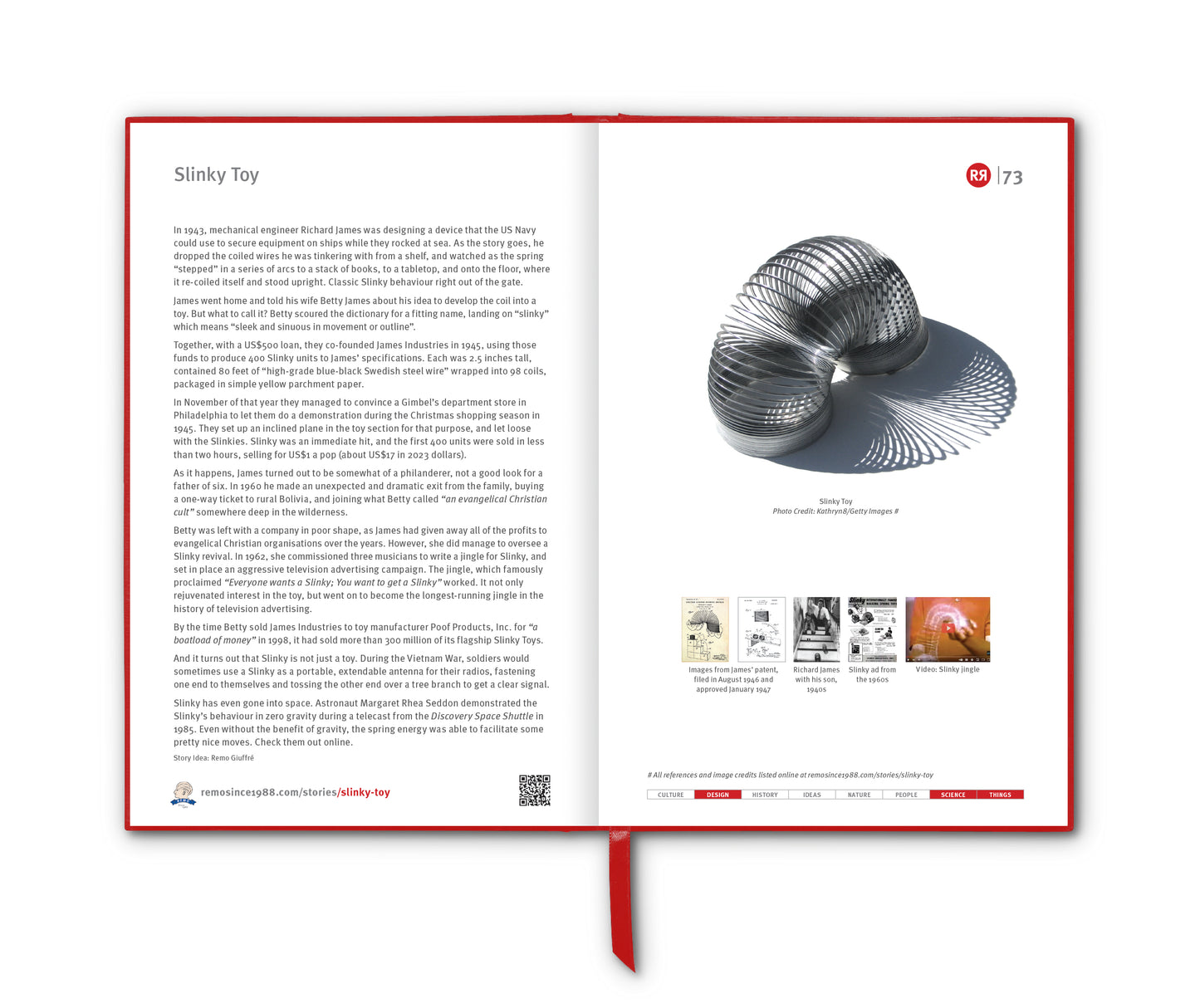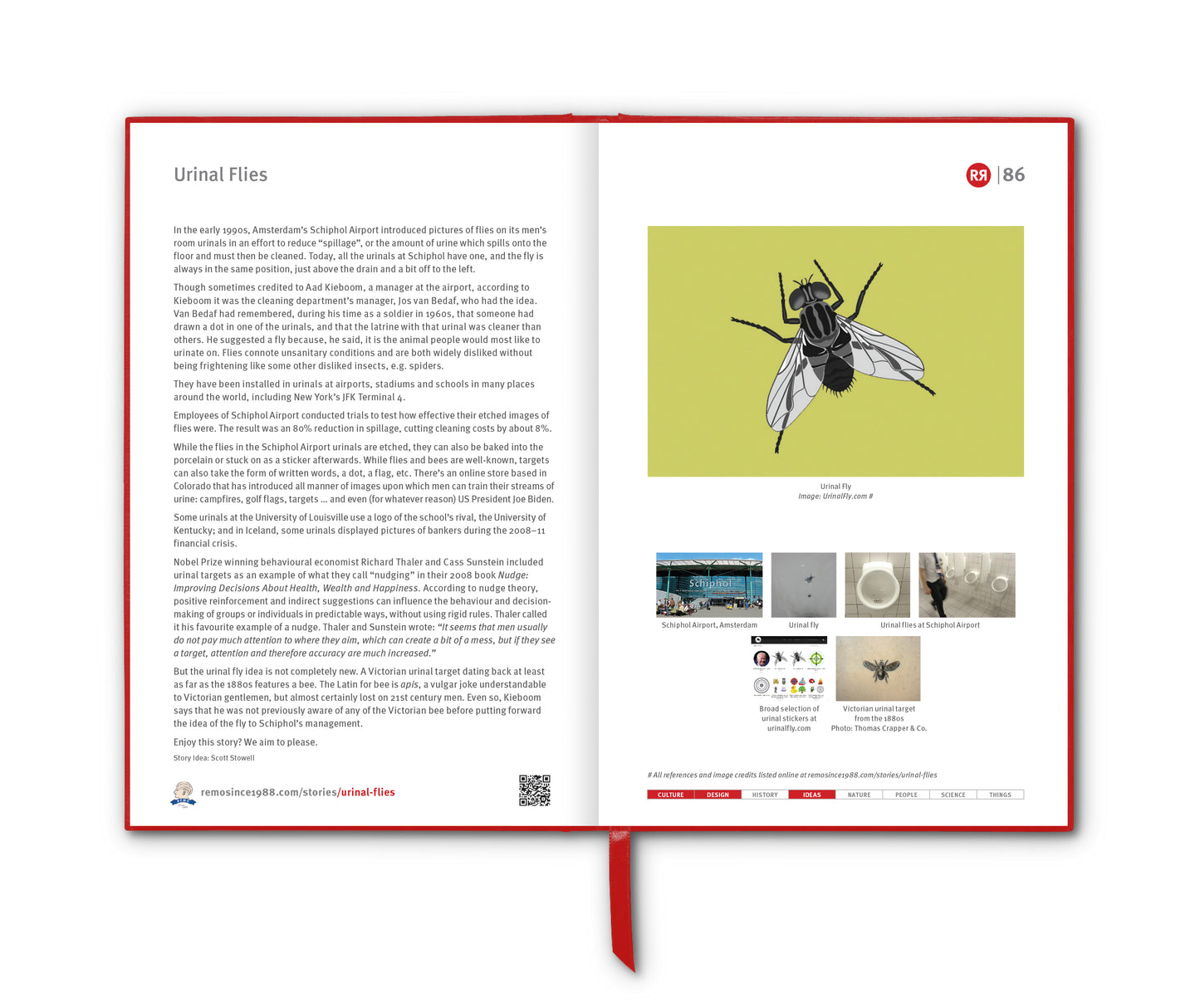It's hard to imagine a time when satirical, irreverent humour was not common across media, but in the 1950s, anti-establishment humour was not the cultural norm. And then along came MAD Magazine.
First published in 1952, MAD was one of the most influential satirical publications of the 20th century — a comic-turned-magazine that used parody, caricature and absurdist humour to critique American culture, politics and media. It helped define modern satire and inspired generations of writers, comedians and cartoonists.
MAD was originally launched as a comic book under EC Comics. Early issues parodied other popular comic titles [Ed: very meta], poking fun at Westerns, horror, romance and superheroes, e.g. the Superduperman issue was a big hit. It quickly gained a cult following for its sharp writing and subversive tone. In 1955, with MAD No. 24, the comic was reimagined as an illustrated magazine, releasing it from the censure of the Comics Code Authority. Freed from genre restrictions, MAD began lampooning not only entertainment but also advertising, politics and consumer culture.
Between 1952 and 2018, five-hundred-fifty magazine issues were published, along with a multitude of special issues, paperbacks and compilation projects.
At the heart of MAD’s identity was its mascot, Alfred E. Neuman – a gap-toothed, grinning red-headed boy whose catchphrase, “What, me worry?” became a national punchline. Neuman wasn’t just a face; he was a symbol of the magazine’s worldview: skeptical, absurdist and unbothered by the seriousness of the adult world.
The magazine’s style was distinctive – densely packed pages filled with parodies, fake ads, comic strips and recurring features. Among its most popular were:
- "Spy vs. Spy" – a wordless black-and-white comic about two rival spies constantly sabotaging each other.
- Movie and TV parodies – written by the likes of Dick DeBartolo, with titles like "Star Blecch" or "The Ecch Files."
- "The Fold-In" – created by artist Al Jaffee, this was a back-page image that transformed into a second joke when physically folded inward.
- “A MAD Look At …(topic of the issue)
During the 1960s and ’70s, MAD became a cultural force. With a circulation peaking at over two million copies, it helped shape the worldview of the Baby Boomer generation, offering a humorous lens through which to view everything from the Vietnam War to corporate advertising. Its tone was both anti-authoritarian and politically ambivalent, critiquing the left and right with equal bite.
Many credit MAD as a precursor to modern satire, laying the groundwork for shows like Saturday Night Live, The Simpsons, The Onion and The Daily Show. Writers such as Andy Borowitz, Stephen Colbert and Matt Groening have cited it as a formative influence.
In the 2000s, as media shifted online and print satire faced new challenges, MAD’s relevance declined. In 2019, it ceased newsstand distribution and reverted to largely reprinting classic content for subscribers. Despite this, its legacy remains secure.
_________________________
References
wikipedia.org/wiki/Mad_(magazine)
nytimes.com/1977/07/31/archives/the-mad-generation-after-25-years-of-perpetrating-humor-in-the
dc.com/mad
newyorker.com/culture/culture-desk/a-world-without-mad-magazine
printmag.com/daily-heller/mad-magazine-facial-recognition
nrm.org/2024/08/mad
Images
1. The first ever MAD cover and the cover of the 2018 issue with refreshed logo
2. William Maxwell "Gill" Gaines (1922–1992)
3. Selection of MAD covers. Credit: printmag.com
4. MAD cover from 1976
5. MAD "Fold-In" example showing result
6. Illustration by Jack Davis warning of MAD imitators
7. Alfred W. Neuman. Credit: dc.com/mad


















